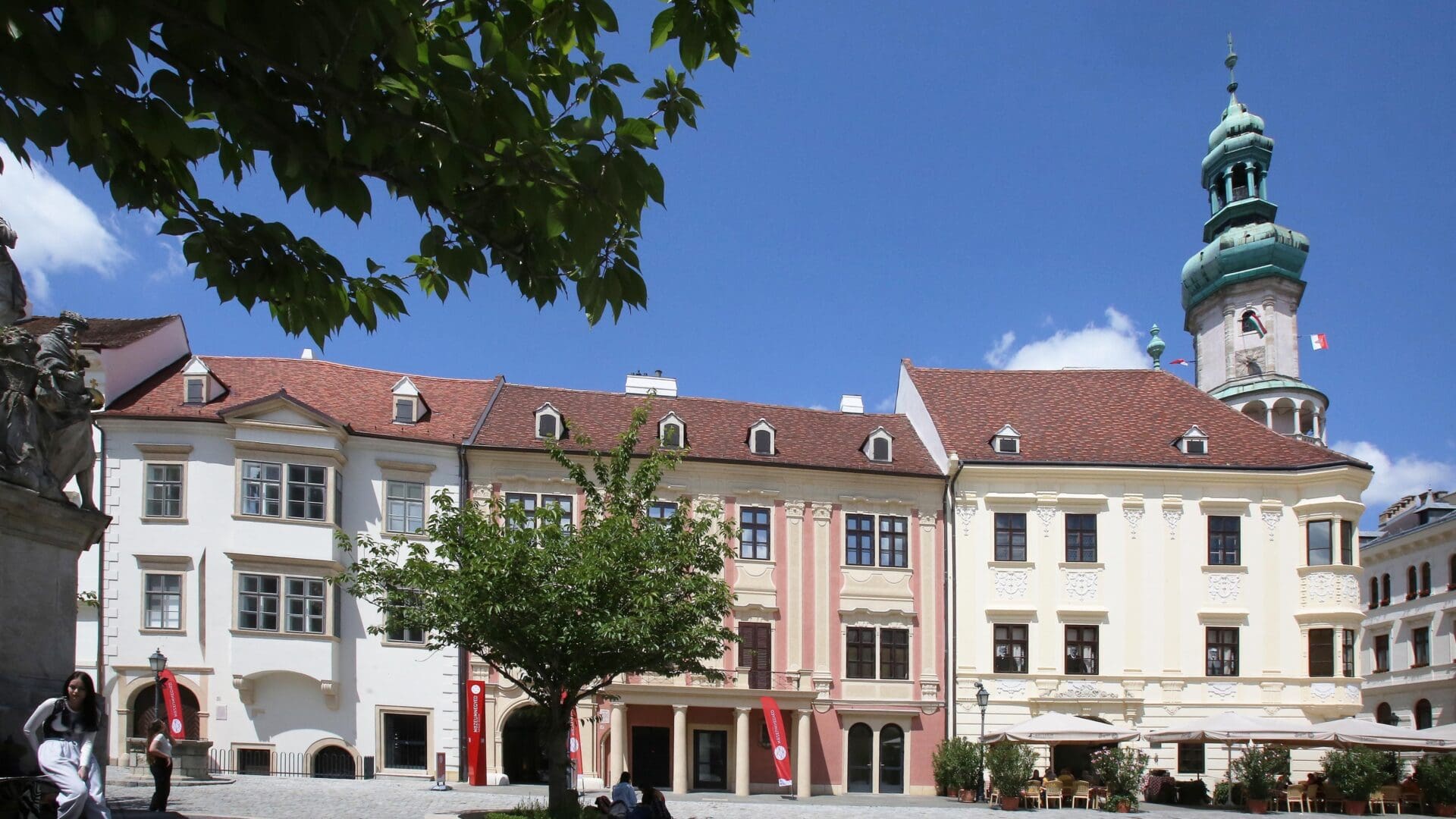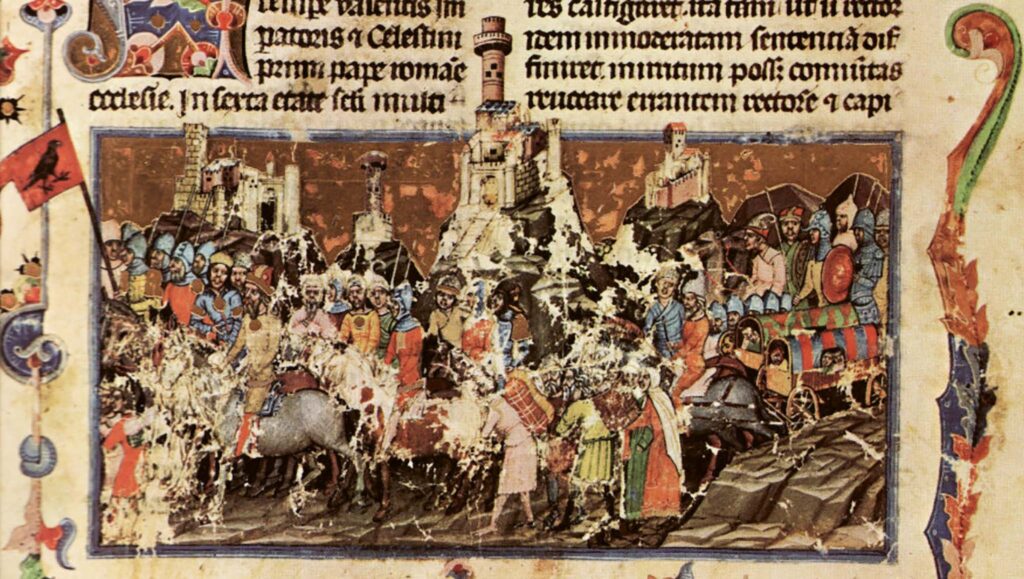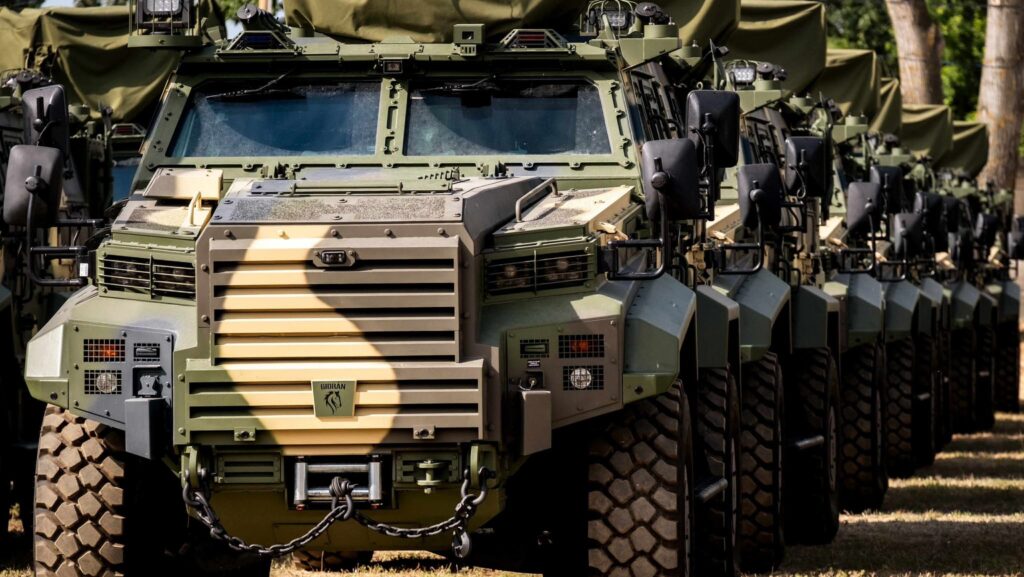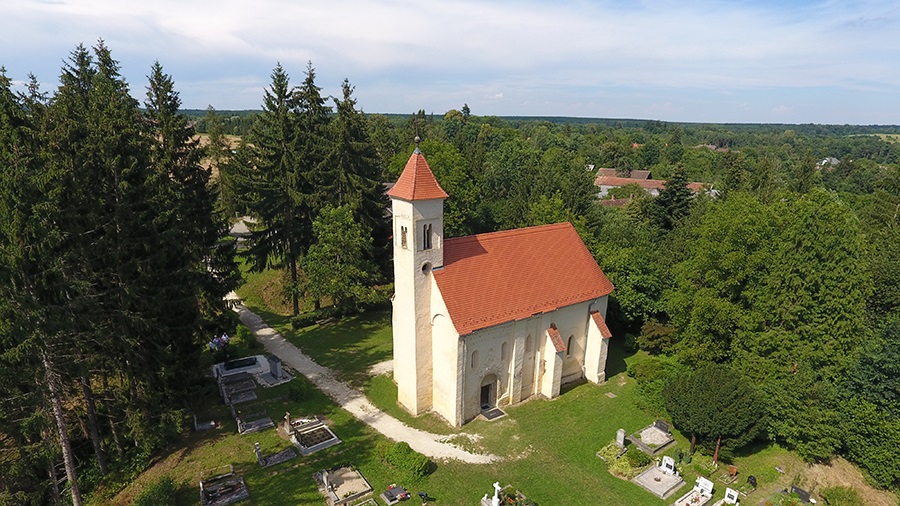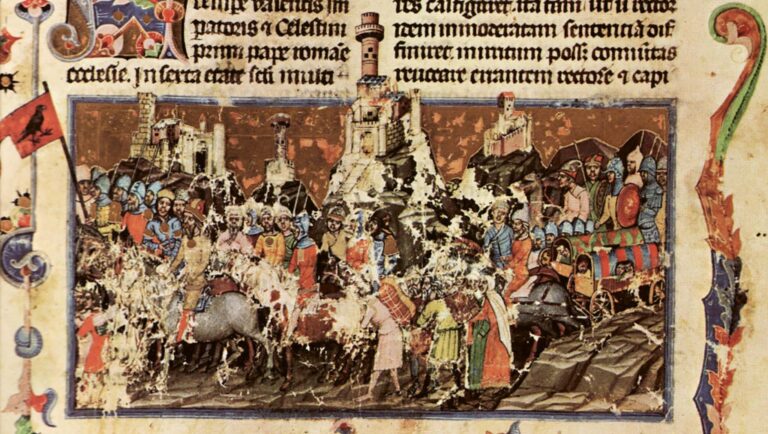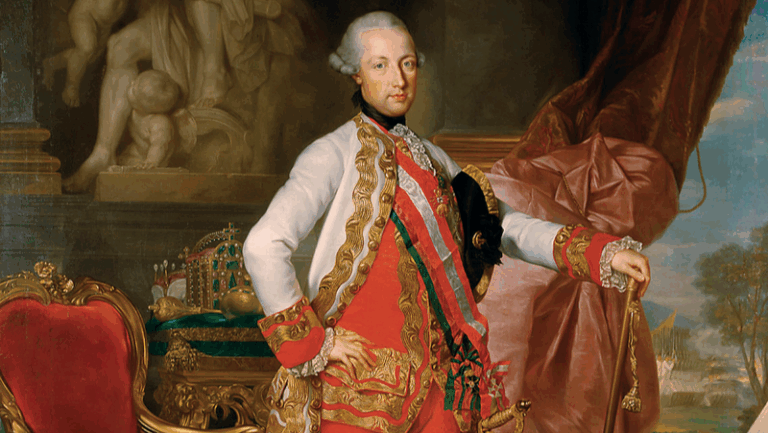The Museum Quarter, consisting of the Storno House, the Fabricius House, the Tábornok House, and the Fire Tower, was inaugurated in Sopron on Tuesday, 13 June. The investment in the value of over three billion Hungarian forints was realised as part of the government’s Modern Cities programme.
‘The government believes in the countryside of Hungary,’ emphasised the Parliamentary State Secretary of the Ministry of Construction and Transportation in his ceremonial speech. Nándor Csepreghy highlighted that in the past 12 years, the government has allocated approximately 28 trillion forints for the development of the country outside the capital city, including connecting all county-level cities to the expressway network. However, it has also become evident that a new strategy must be designed for the countryside for the post-cohesion funds period. Csepreghy added that the position of Central and Eastern Europe can be valorised by taking advantage of it being a mediator and intermediary between the Eastern and Western worlds, understanding the operational logic and strategic significance of both.
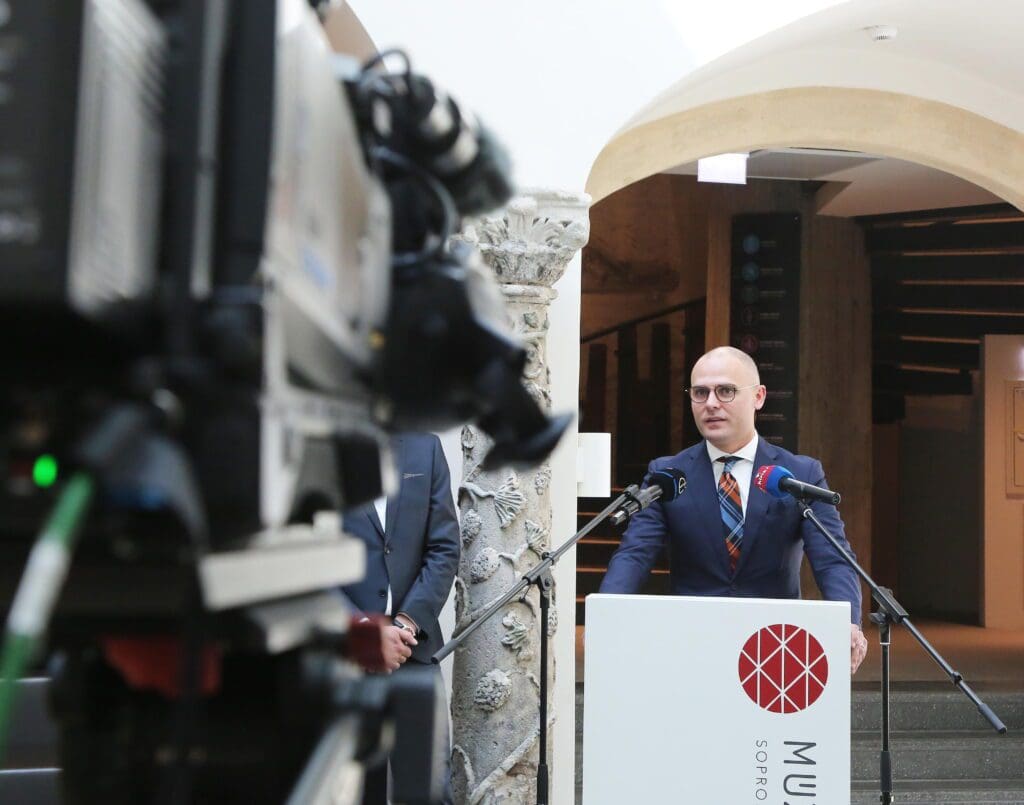
Therefore, the government has devised a policy that strengthens this transit role and aims to realise operational investment projects in the upcoming period, with a focus on industrial development.
In terms of Sopron, Csepreghy stated that since 2010, over 350 billion forints have been invested from the budget in the development of the city and improving its accessibility. The developments carried out in Sopron over the past decade demonstrate that Hungary can be a worthy alternative to the Austrian standard of living and the public services that an Austrian city can provide to its residents. All ongoing Sopron project elements of the Modern Cities programme will be completed in the near future, and substantive consultations will take place between Minister János Lázár and Sopron Mayor Ciprián Farkas, Csepreghy underscored.
Fidesz Member of Parliament representing Sopron and its region Attila Barcza emphasised that with the creation of the Museum Quarter, the Main Square, the heart of the city centre, and the area around the Fire Tower will be highlighted for visitors.
Mayor Ciprián Farkas highlighted that the Storno House, the Fabricius House, the Generals’ House, and the Fire Tower are all buildings and historical sites intertwined with Sopron’s history.
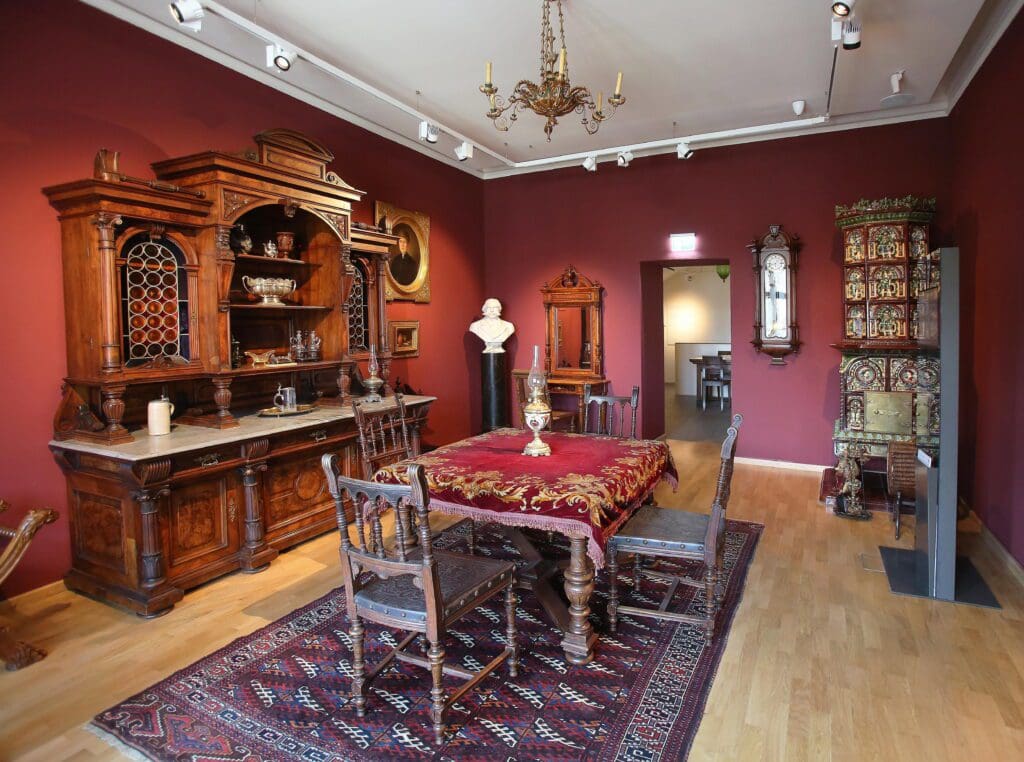
Imre Tóth, the director of the Sopron Museum, stated that the museum lives alongside time and closely observes the changes, with the understanding that tradition and the past can only be preserved and passed on by re-evaluating, recreating, and reinterpreting them.
According to the Sopron Museum, visitors can explore the interconnected buildings starting from the covered inner courtyard of the Generals’ House. The exhibitions in the Museum Quarter are interconnected, revealing the city’s history as a chain.
The Fabricius House’s exhibition titled ‘Home in the City’ showcasing 17th and 18th-century bourgeois domestic culture has been expanded with a 19th-century unit, while the existing rooms, including the ancient stone collection, have been renovated.
The Storno family’s historical artist residence and the museum’s permanent local history exhibition are both open to visitors. The new exhibition titled ‘King Matthias in Folk Tales and in Historiography’ simultaneously commemorates King Matthias and celebrates the tales about him.

